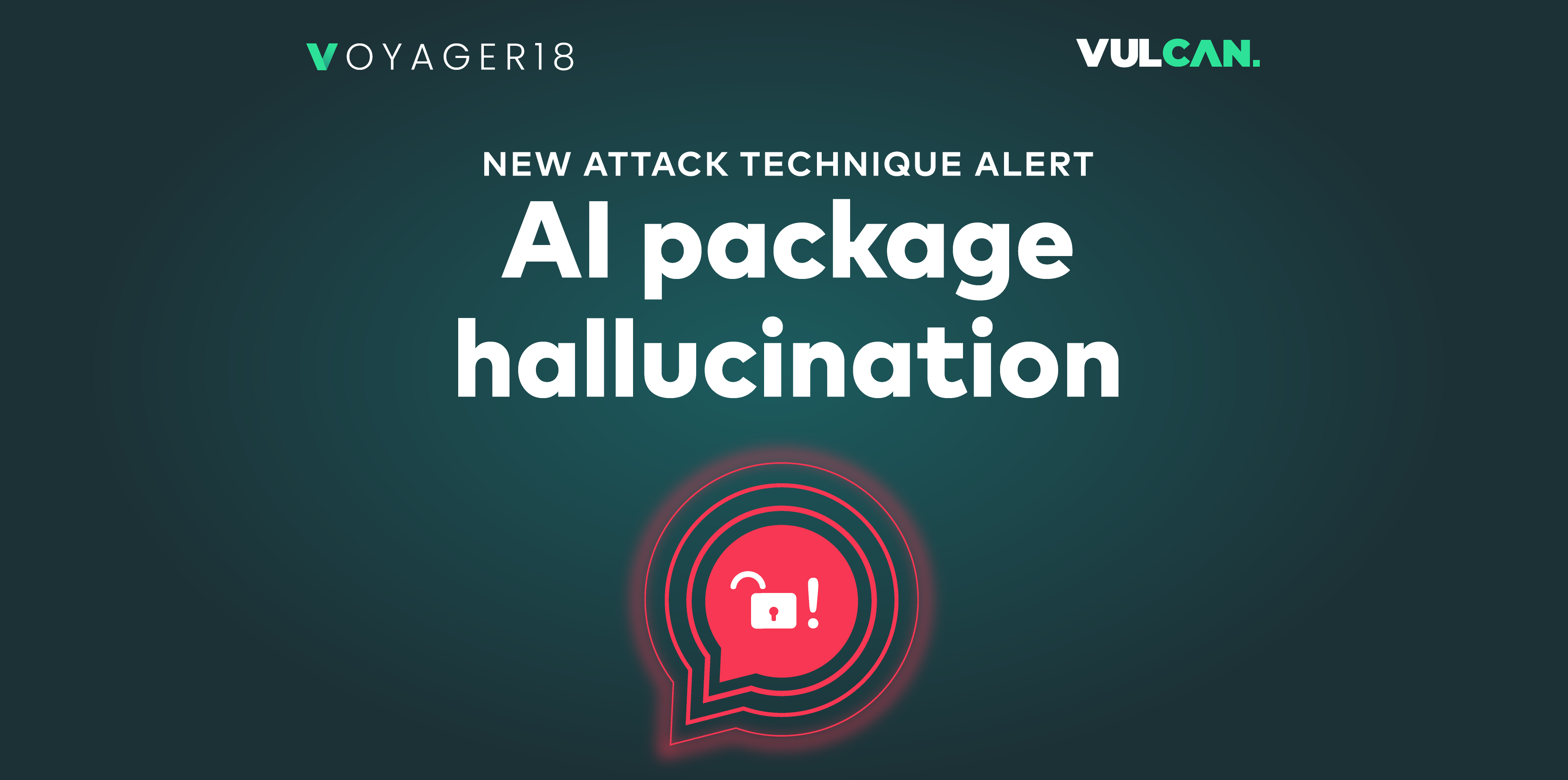Vulnerability risk management is a necessity in every business environment that uses computers. It requires constant attention as potential risks keep evolving. New threats can compromise your networks, leaving your business inoperable. Data breaches can threaten your reputation (and revenue), so there’s a lot on the line.
As a manager or executive, you need to be proactive and have a plan in place, so your information security team has the tools and knowledge they need to protect your digital assets and networks. A solid plan includes taking the steps outlined below.
Vulnerability intelligence
Vulnerability intelligence involves knowing about all the data in your network and looking for flaws that can cause vulnerabilities. You should also know how bad actors exploit those vulnerabilities. This is important, since vulnerabilities can allow hackers to breach your company’s data, leading to chaos and lost revenues.
Asset discovery and inventory are important for companies. That’s because attackers are always trying to identify vulnerable systems. They can get into an organization’s network by exploiting unpatched devices, so maintaining a clear picture of your assets is a crucial first step.
With so many cybersecurity threats to worry about, thorough vulnerability intelligence gives security, and IT teams the information they need to prioritize patches quickly. This, in turn, will prevent attacks and reduce downtime.
Key takeaways to teach your team: As a manager, you need to instill in your employees the importance of protecting all assets. This means putting procedures in place to catalog these assets.
Vulnerability assessment
As the name implies, a vulnerability assessment is a review of security weaknesses, or vulnerabilities, in an information system. The assessment can prevent threats such as code injection attacks, insecure defaults, and authentication errors such as escalation of privileges.
It performs an analysis to see if the system is susceptible to any known vulnerabilities. If so, severity levels are assigned to those vulnerabilities. The review will also recommend remediation or mitigation, if necessary.
There are several types of vulnerability assessments:
- Application scans. These involve assessing web applications through automated scans.
- Network assessments. The assessments are performed to prevent unauthorized access to public or private networks.
- Database assessments. These assessments look for misconfigurations, identify insecure environments, and classify sensitive data.
- Host assessments. This type of assessment is for critical servers, which are often vulnerable to attacks.
Key takeaways to teach your team: Managers should stress the importance of assessing applications, networks, databases, and hosts to determine weaknesses and see what needs to be done to reduce security risks.

Vulnerability prioritization
Vulnerability prioritization depends on the degree of potential security risk the company can face. The typical framework has four components:
- Asset exposure
- Threat context
- Vulnerability severity
- Potential business impact
The right method for prioritization depends on the type of data and the complexity of the environment. It is a good idea to prioritize vulnerabilities based on a scale of low/medium/high/critical, with high and critical ones taking priority.
Companies can also label data based on threat level. This can be conveyed by statistics, affected systems, level of attacker interest, and how easily the data could be exploited.
Key takeaways to teach your team: Many types of data can be considered vulnerable. Managers should work with the security team to determine which data is most important or most vulnerable and prioritize accordingly.
Vulnerability remediation
Once you identify and prioritize the vulnerabilities, you can then focus on vulnerability remediation. This involves making fixes by plugging up security gaps. Remediation is often a joint effort by multiple teams, such as IT, security, operations, and development teams. These teams are usually most impacted by any changes to the systems and networks, so communication is important. Make sure they are kept in the loop regarding any vulnerabilities. Effective prioritization comes only when it is tailored to an organization’s unique risk profile – some assets may be more critical to a particular organization, and so the prioritization must take this into account, and not rely simply on external sources to determine the criticality of vulnerabilities.
Remediation is not a one-time action; it should be ongoing and continuous. It is a process that needs to be implemented and repeated regularly. It may involve multiple steps, such as:
- Introduction of the best vulnerability and management tools
- Updating configuration and operational changes
- Development and implementation of patches to fix software, data, and other assets that are prone to vulnerabilities
- Providing future guidance to avoid and treat vulnerabilities
Key takeaways to teach your team: Managers need to work with information security teams to identify tools and processes that should be integrated to keep data secure in the long term.
Get started today
Understanding vulnerability risk management is important for all IT employees and managers. Vulcan Cyber can protect your company’s assets and provide you with the best vulnerability and management tools. Try Vulcan Cyber for free today. Get in touch to start managing security vulnerabilities on your company’s network.









